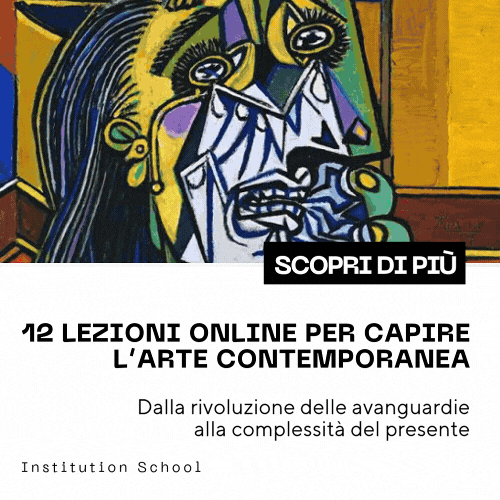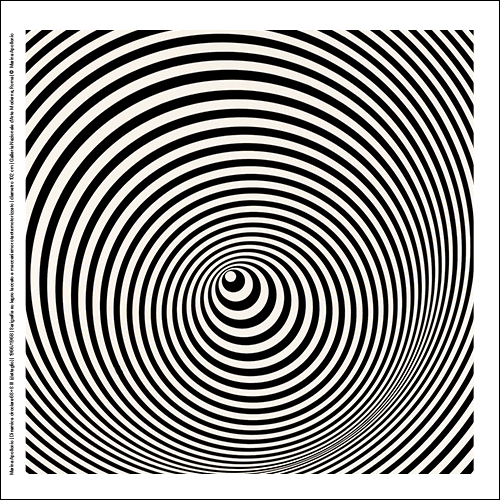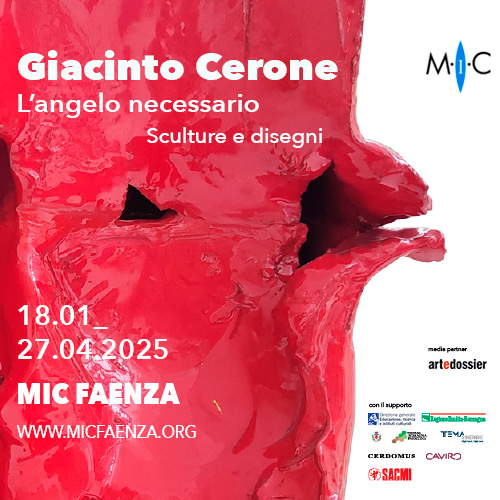Teller and Mueck at the Milan Triennale: two different exhibitions, but one is antidote to the other
Jurgen Teller and Ron Mueck at the Milan Triennale: two exhibitions that I recommend seeing as one, one a continuation of the other. Jurgen Teller (Erlangen, 1964) is a German fashion photographer who reworks fashion photography in a performative and artistic sense. A fashion photographer who could be described as “crazy,” that is, capable of slipping from the predictable fashion cliché into provocative, punk-flavored solutions. In his exhibition at the Triennale we see an explosion of images in different formats and with different media. Because of his transversal and eclectic style, we could say that each of us has a Jurgen Teller exhibition in our cell phone. It is as if the German artist put the star system and his personal biography in the blender. The result is a bombardment of images with an attitude somewhere between the Damien Hirst of recent times and Wolfgang Tillmans: photos and images that come from everyday life and intersect with curious “clashes” between fashion and the star system.
If we leave and continue with the exhibition of Australian (but British-based) artist Ron Mueck (Melbourne, 1958), it does indeed seem that something is going on. In Mueck’s first room, we find a sculpture of a woman who is hyperrealistic and “looks real” from the attention to detail. The woman, sitting in her bed and much larger than normal size, has her gaze lost in the void and veiled by a slight anguish. Her loneliness seems to be our own when we re-enter our bedroom and sink into our fears and obsessions. The hyperrealist technique and manic attention to detail create a very strong empathy with the viewer. If we continue into the second room, we are greeted by numerous skulls that are much larger than normal in size: the impeccably crafted sculptures seem to transcend the pedestal and overwhelm the viewer. As if the fears and inescapable fate of humanity, which we had seen in the eyes of the woman in the first room, suddenly materialized in a powerful “memento mori.”
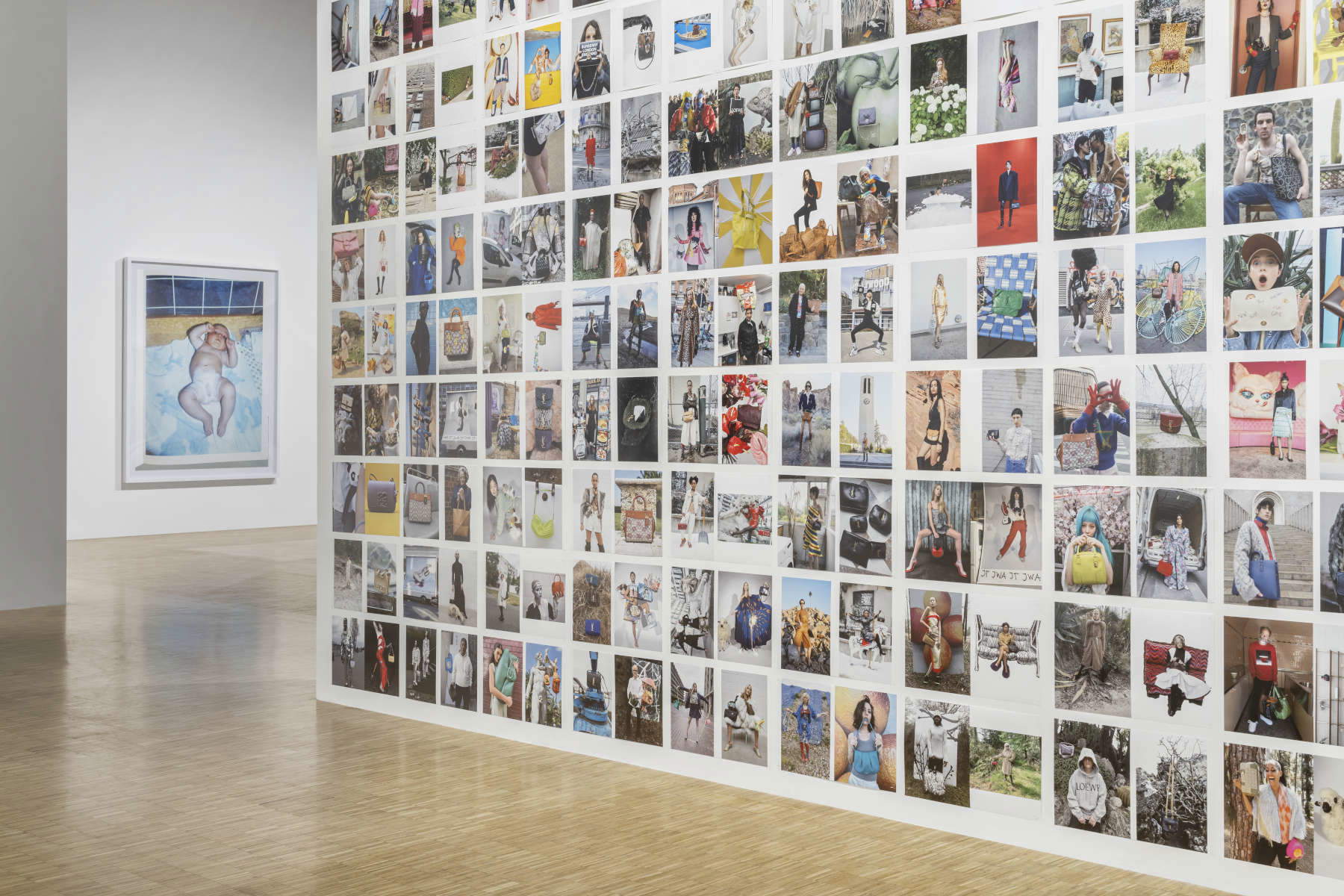
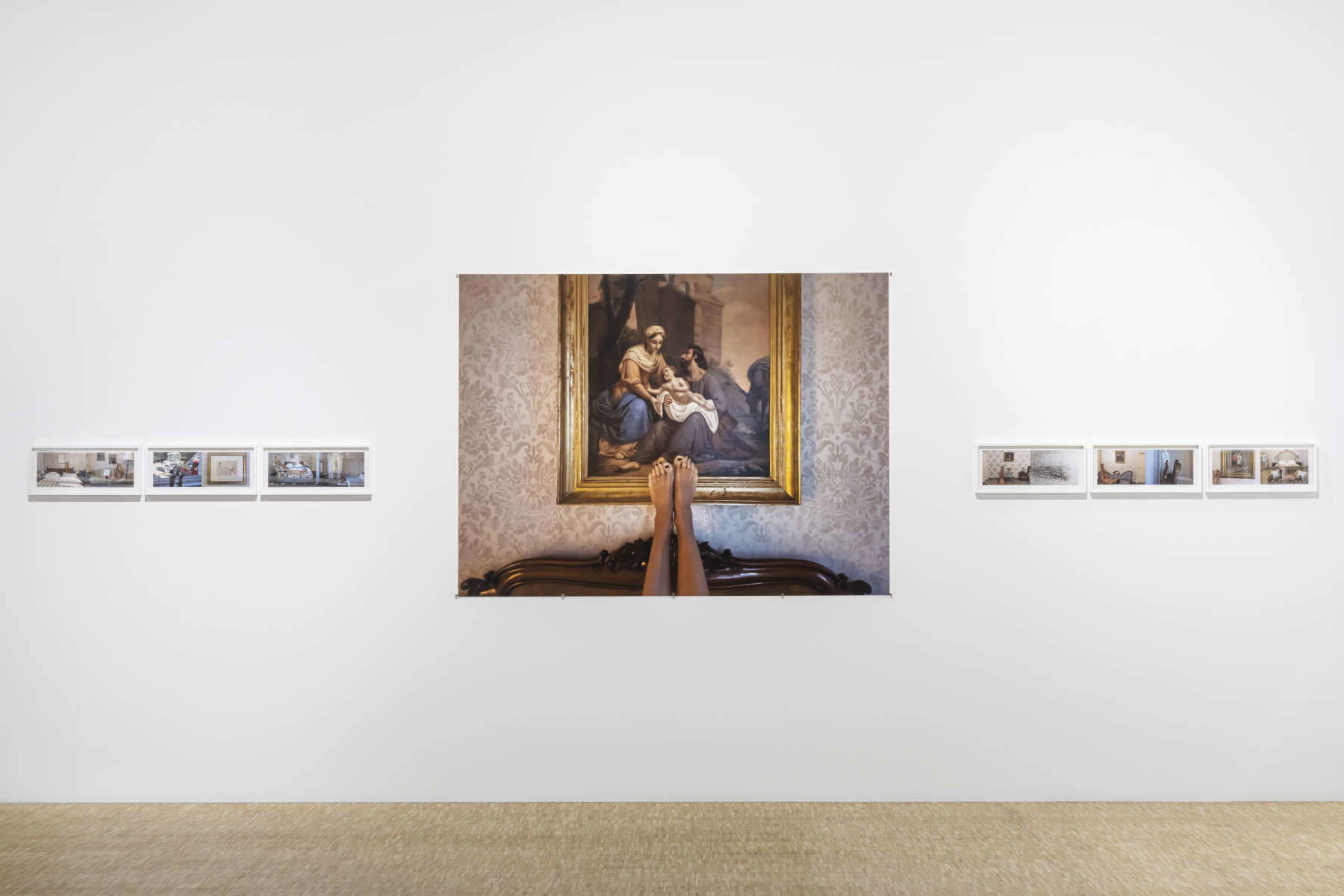
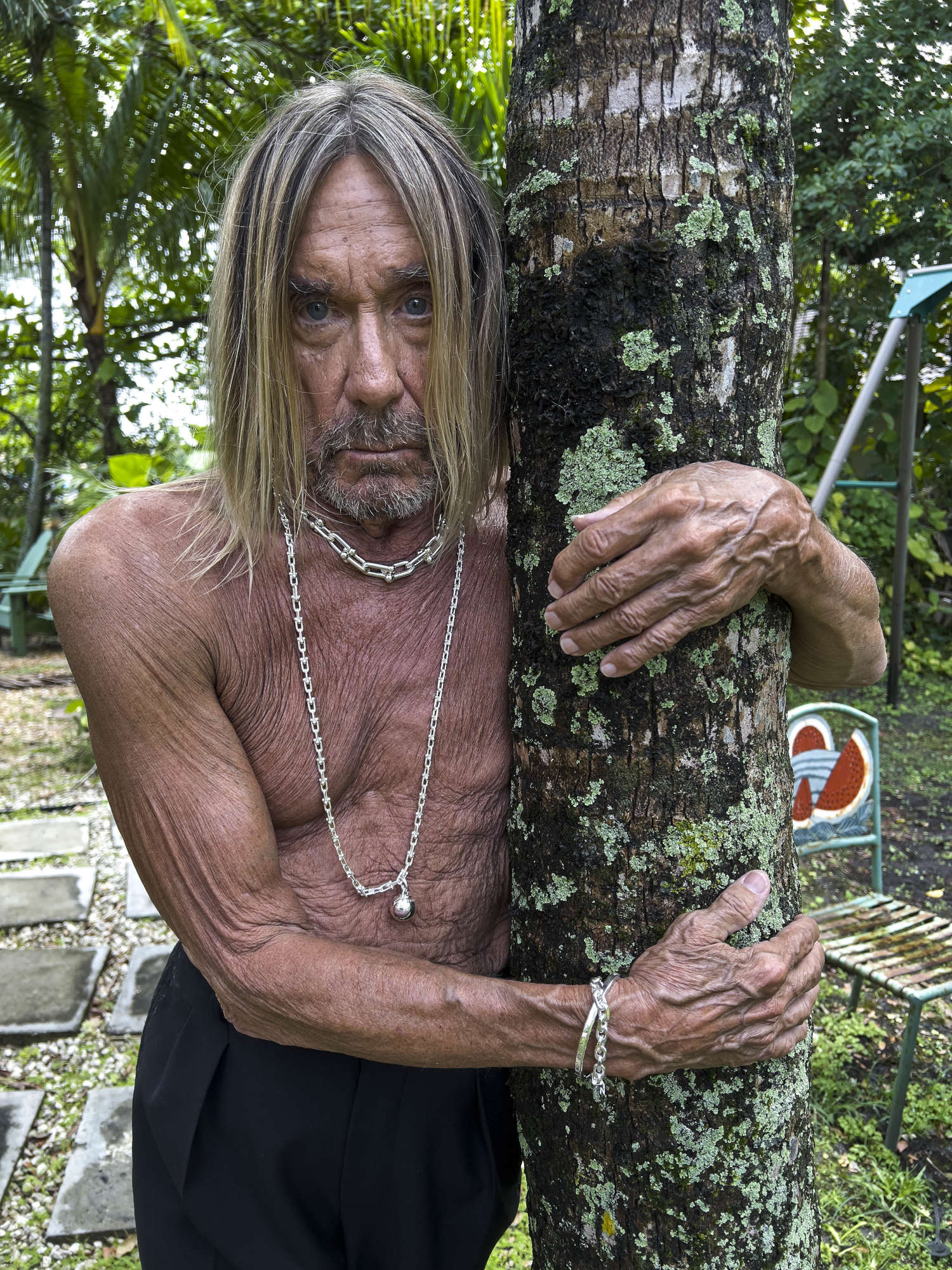
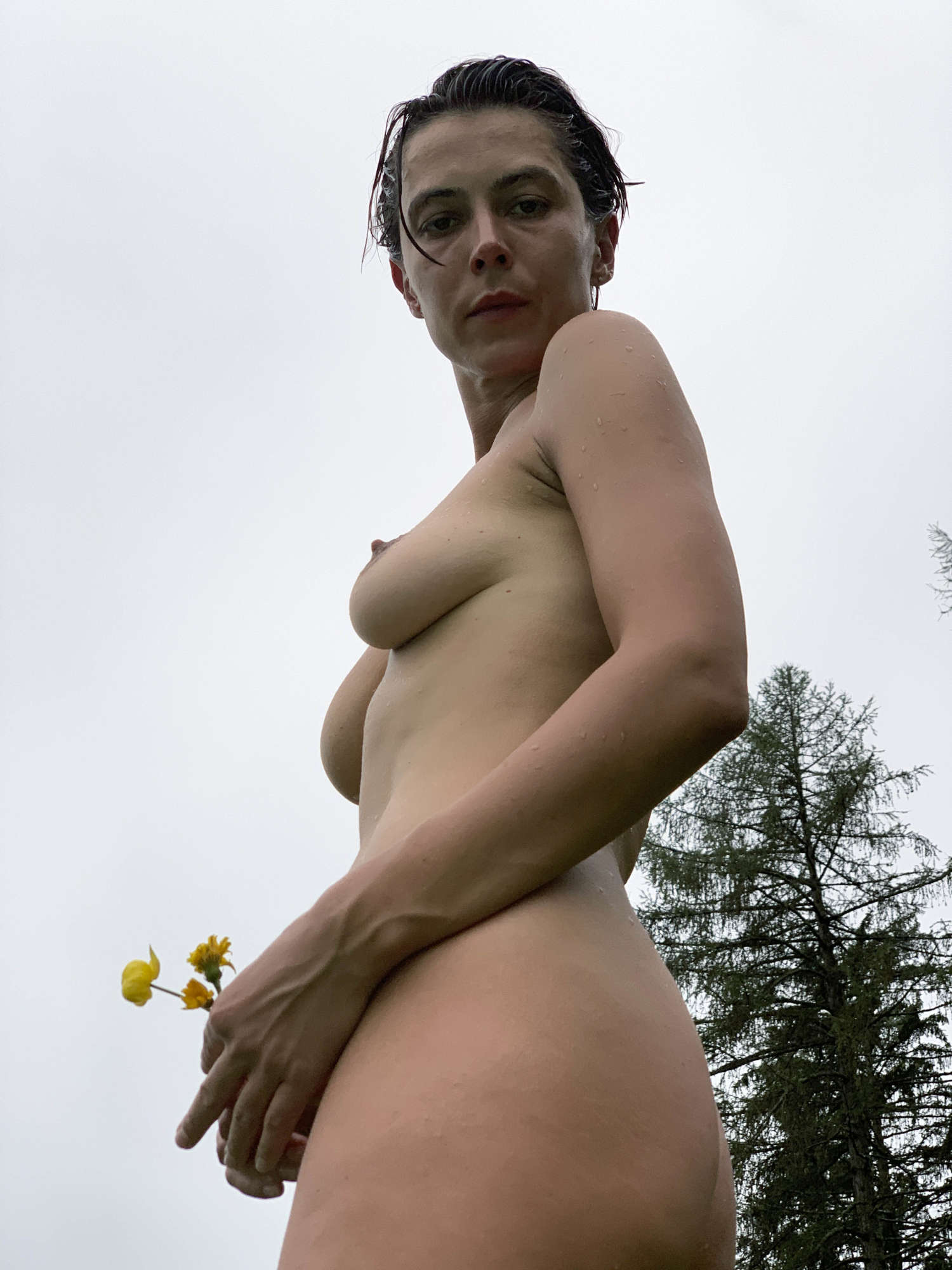
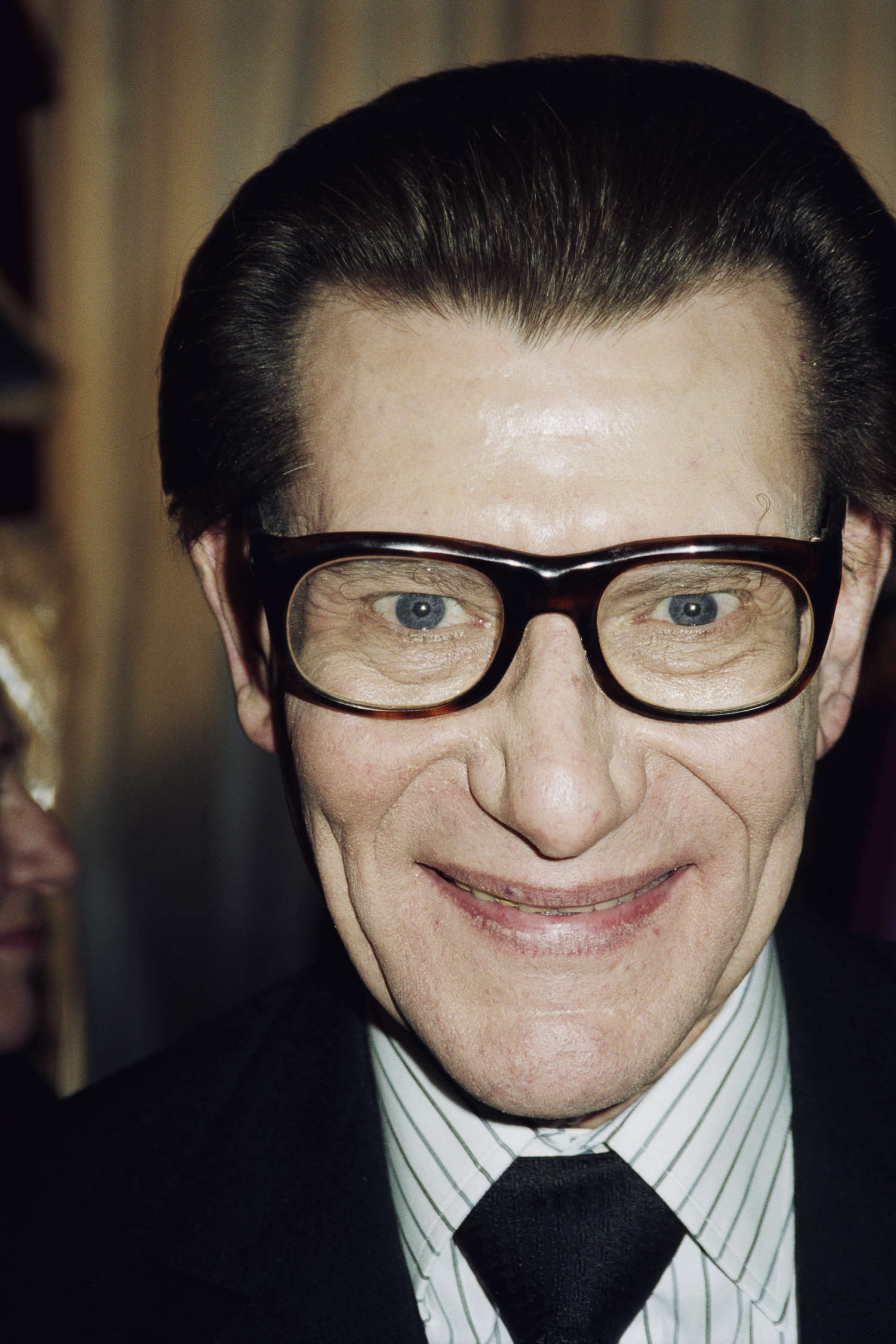
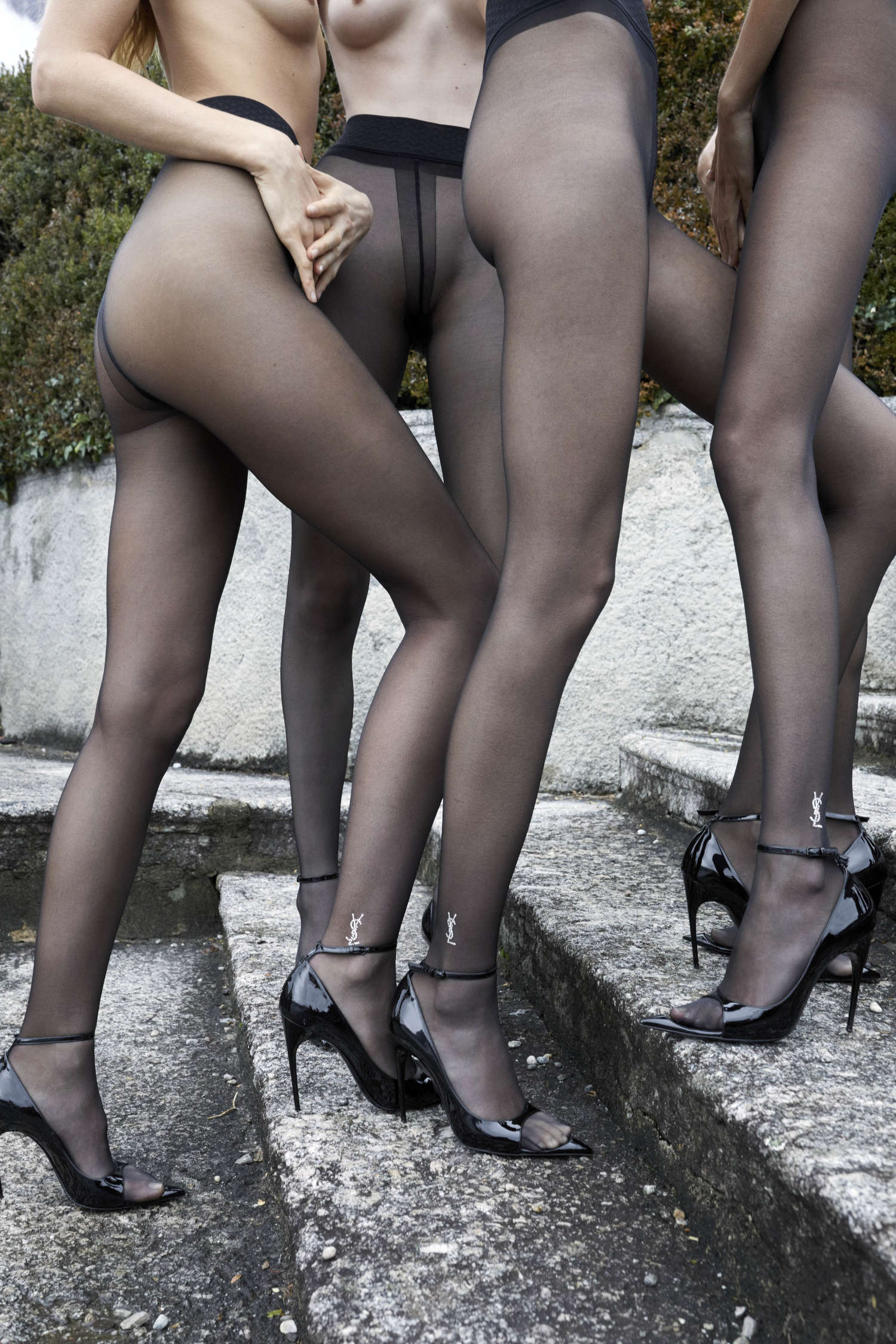
Continuing on, we are invited into a room where a video documenting Ron Mueck at work, immersed in his obsession, his passion, his obsessive attention to detail can be seen. Watching this video we are immersed in a dilated time, a space of deep decompression that seems to contrast, and dialogue, with Jurgen Teller’s voracious, fast and instinctive attitude. After the video we can encounter more of Mueck’s work, but not too many, precisely so as not to slip into an easy funhouse, a wax museum in which Mueck’s work might accompany us. A few selected works allow us, once again, to sink into the work of the artist who is Australian-born but now lives and works in England on the Isle of Wight. In these latest works hyperrealism is played out from the infinitely small to the exorbitant, as for example in the large black dogs we find in the last room.
Teller and Mueck, two artists of the same generation, provide us with two different and complementary perspectives on contemporary art of recent times. The feeling is that a piece is missing, as if the best contemporary art was formed in the 1990s, when this generation of artists was in its heyday. What is missing is a reflection on the most stringent contemporaneity, that contemporaneity in which each of us is both victim and perpetrator of a bombardment of information that threatens to alter our perception of the world and ourselves. But perhaps this reflection lies precisely in the idea of relating these two only seemingly distant artistic paths. We could say that Mueck’s exhibition represents a continuation and an antidote to the bulimic voracity we had encountered in Teller’s exhibition, just as if the two exhibitions were a continuation of each other. Mueck’s exhibition, with its long and dilated times, seems to represent the antidote and reaction to Teller’s exhibition, which reflects the contemporary voracity in producing and consuming images and information.
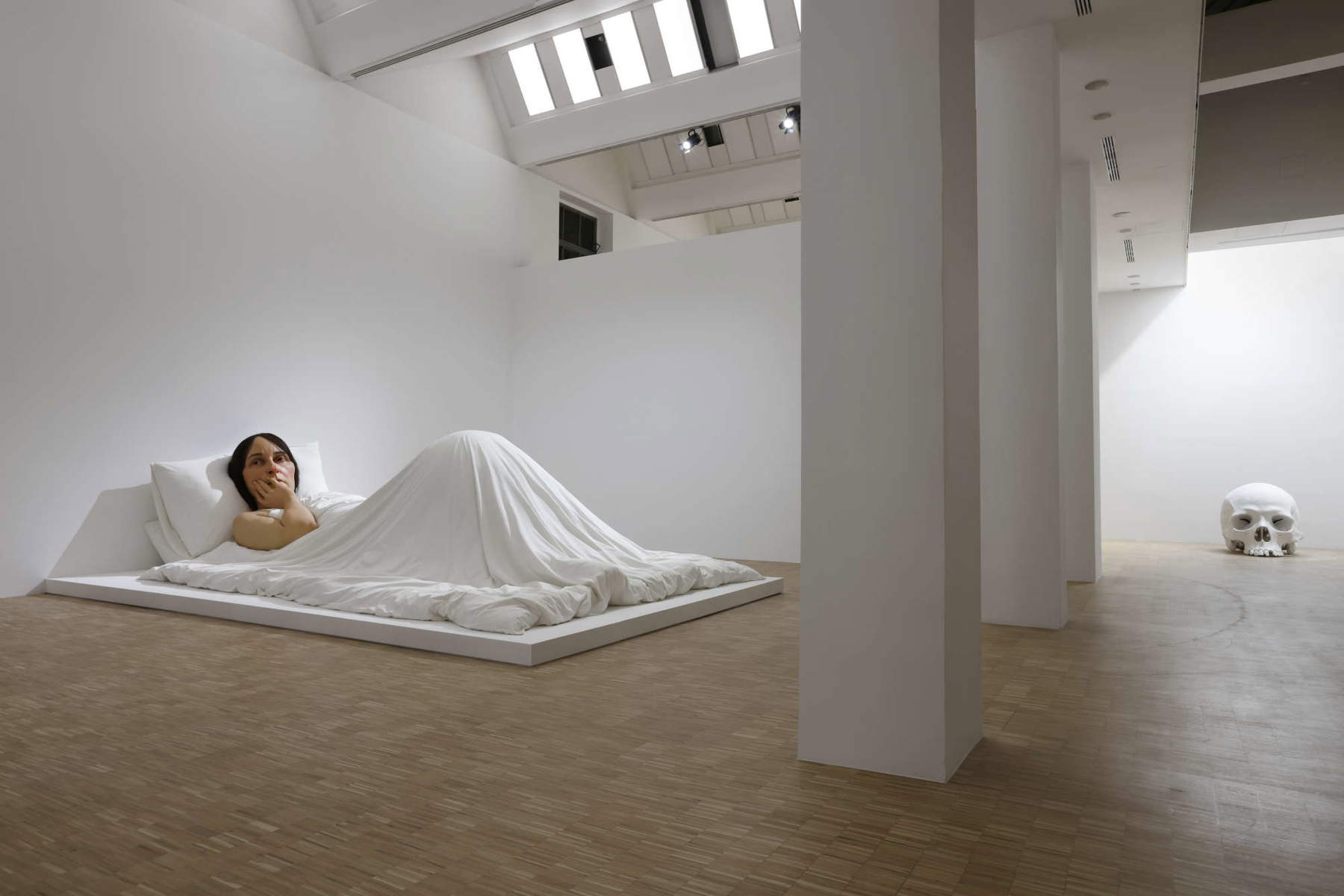
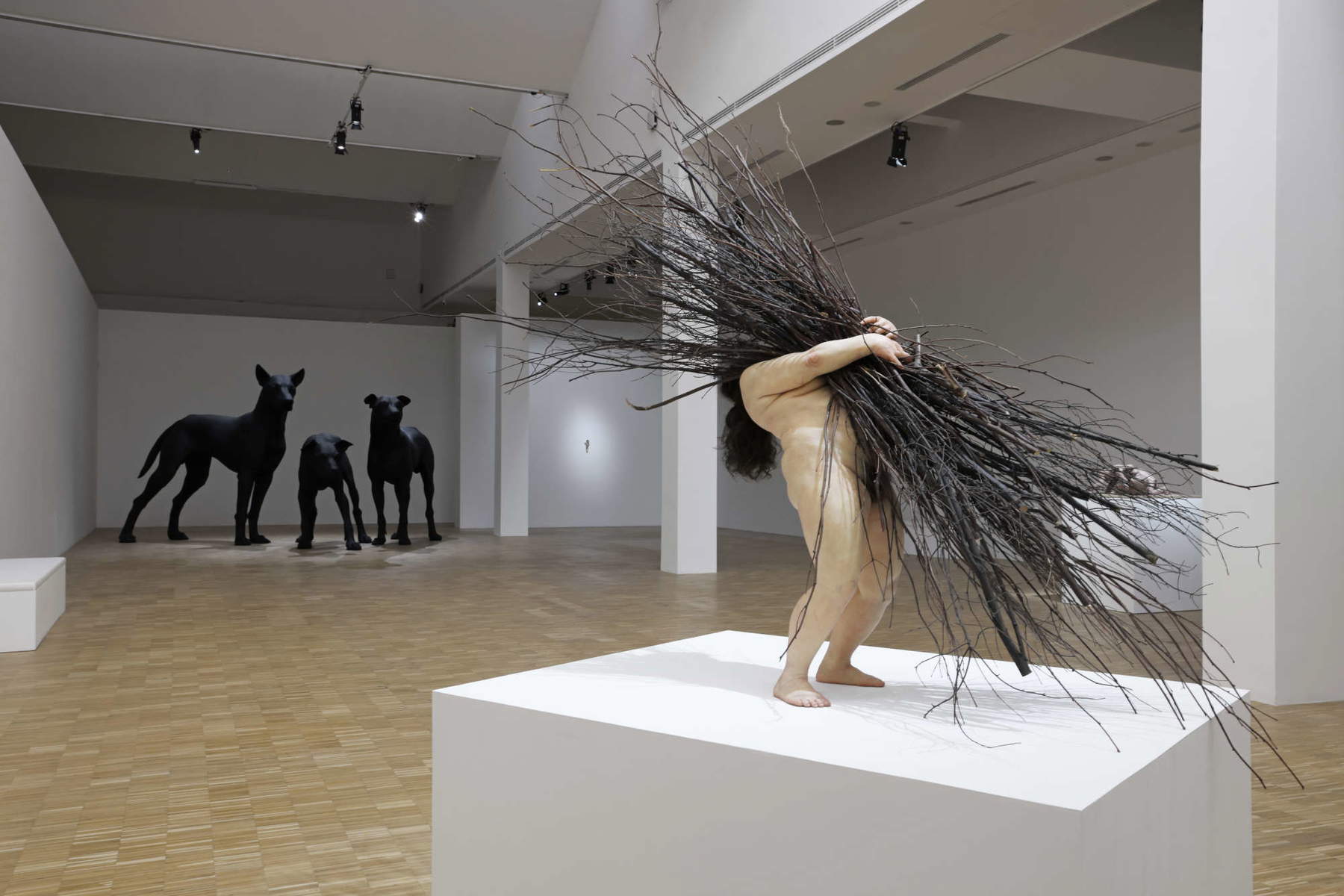
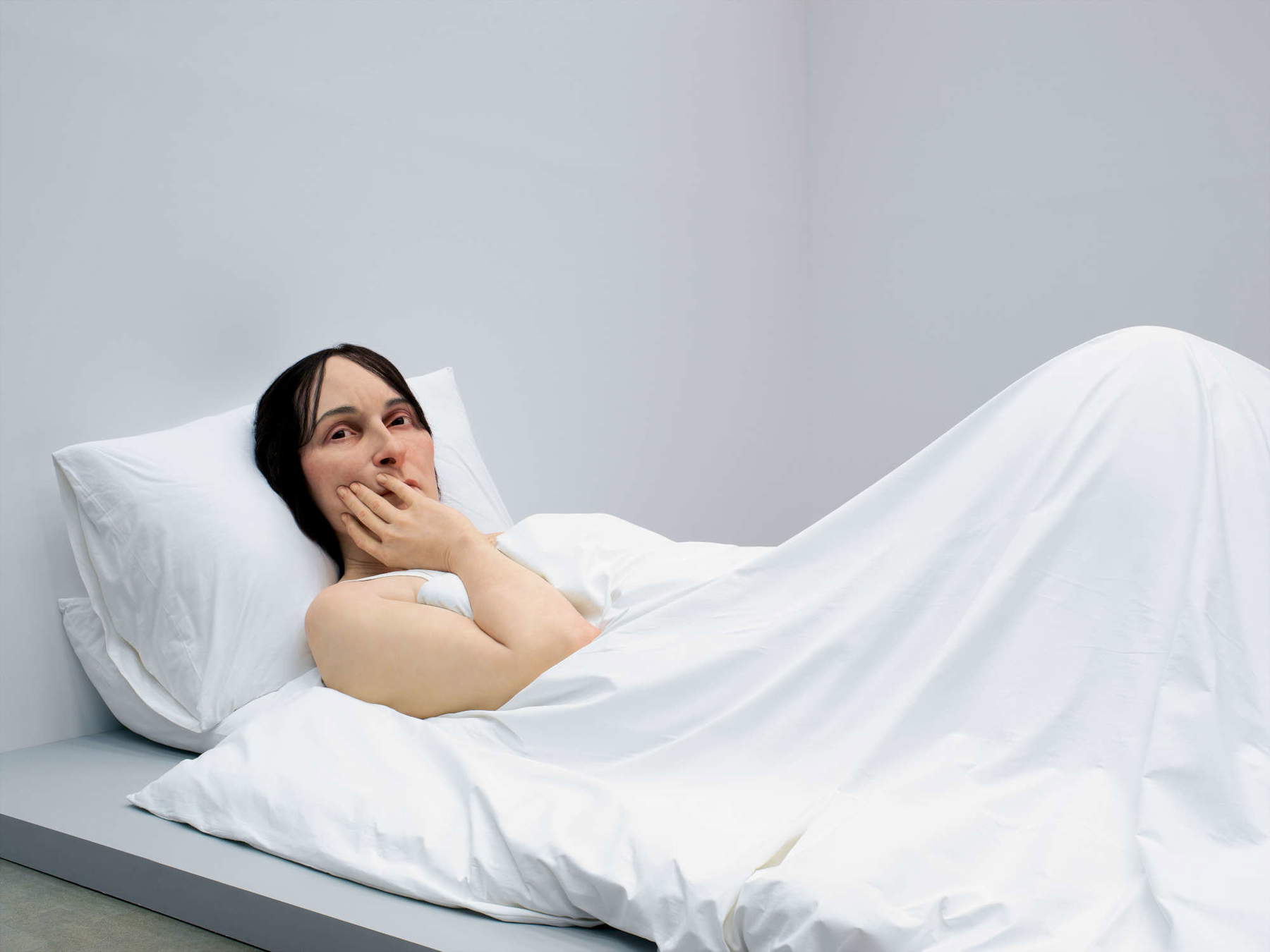
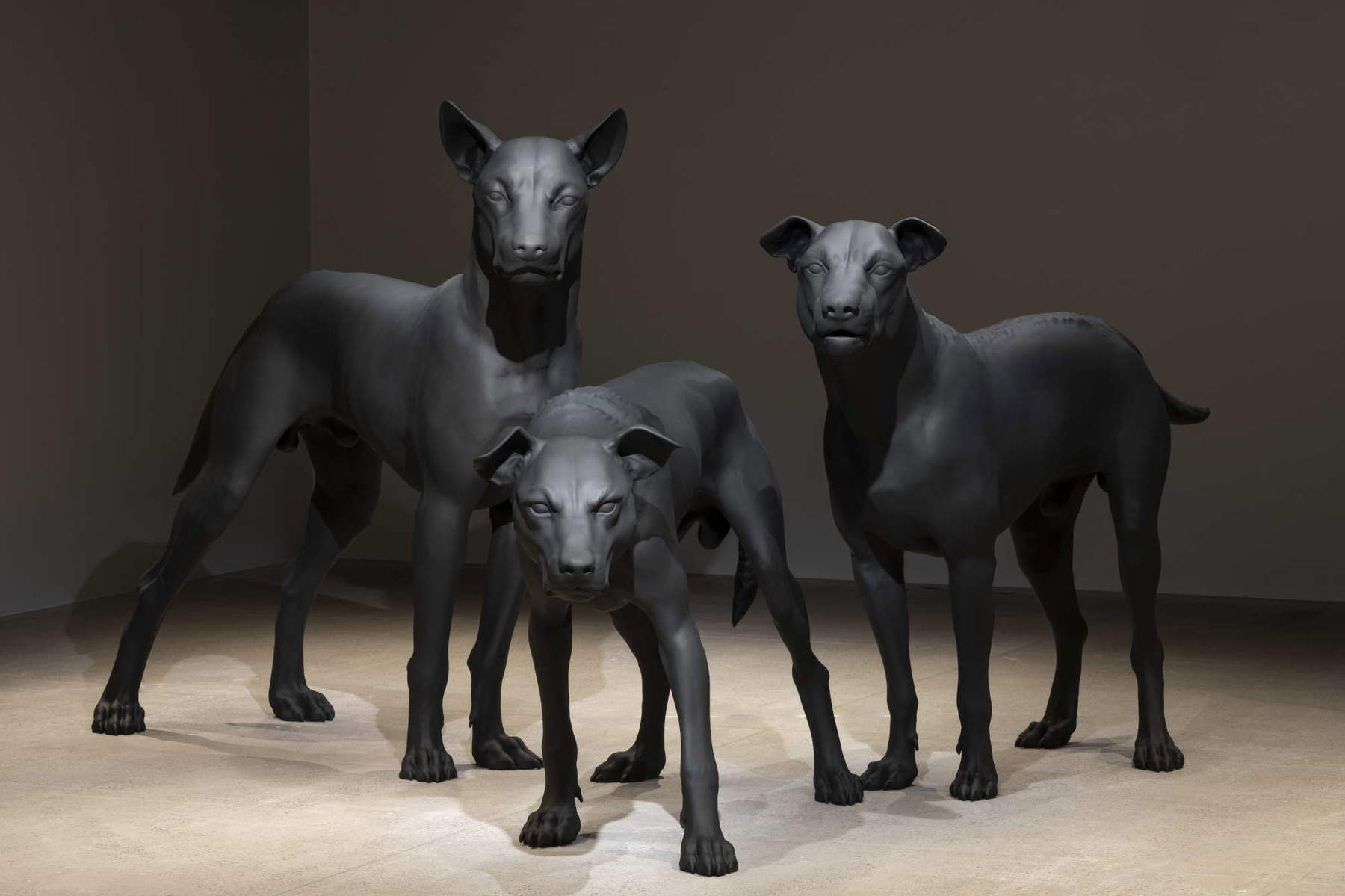

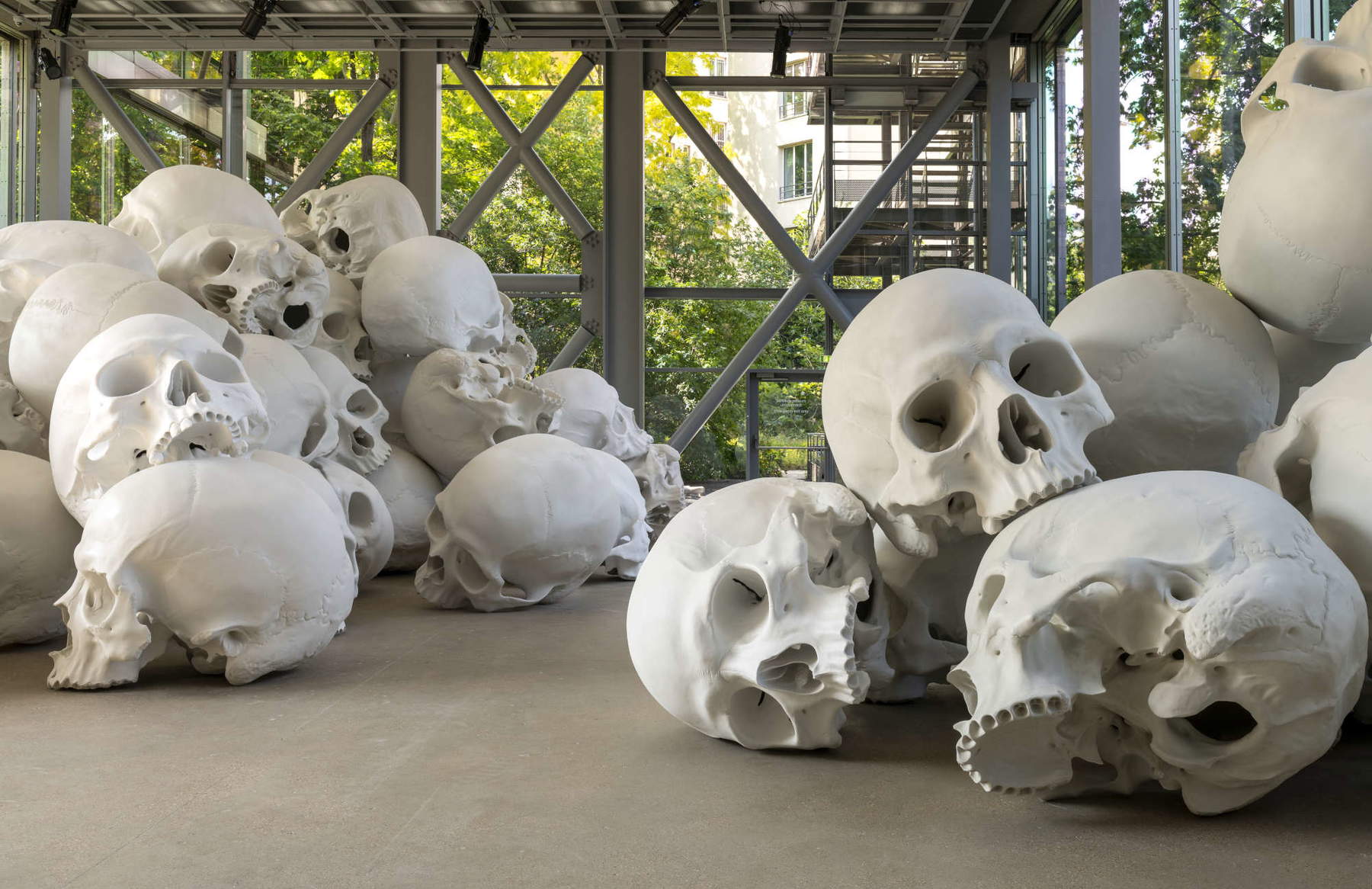
Warning: the translation into English of the original Italian article was created using automatic tools. We undertake to review all articles, but we do not guarantee the total absence of inaccuracies in the translation due to the program. You can find the original by clicking on the ITA button. If you find any mistake,please contact us.






